How the Versity Smartphone Panic Button Helps Protect Nurses
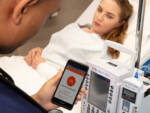
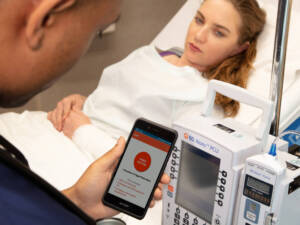 A recent study showed that 44% of nurses have experienced physical violence and 68% have experienced verbal abuse. In fact, the actual number is likely far greater as many incidents go unreported. Only 30% of nurses have reported incidents of workplace violence. According to the US Bureau of Labor Statistics, the rate of injuries among hospital workers is many times higher than in traditionally hazardous industries like manufacturing and construction.
A recent study showed that 44% of nurses have experienced physical violence and 68% have experienced verbal abuse. In fact, the actual number is likely far greater as many incidents go unreported. Only 30% of nurses have reported incidents of workplace violence. According to the US Bureau of Labor Statistics, the rate of injuries among hospital workers is many times higher than in traditionally hazardous industries like manufacturing and construction.Workplace Injury Cases by Industry
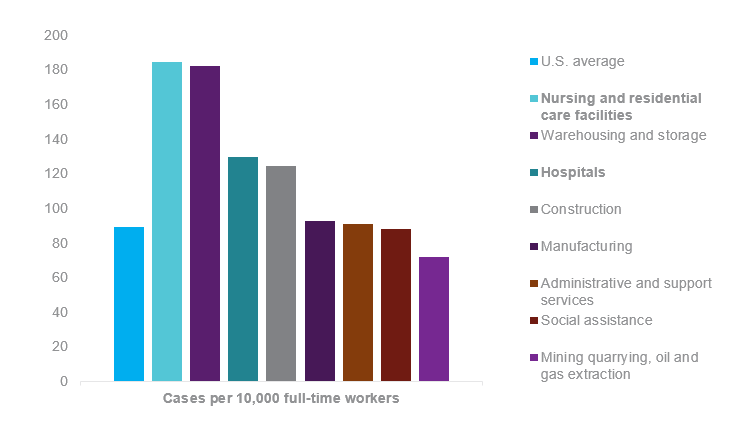
Providing Nurses with the Right Equipment
As our healthcare workers battle COVID-19 on the front lines, their safety continues to be of utmost importance—in more ways than one. Nurses more than ever need the right equipment to do their jobs effectively while protecting them from harm. While PPE protects them from infection, nurses are still vulnerable to other physical threats from patients, family members, and even coworkers.
Arming nurses with the right mobile device can help keep them safe.
What is a Panic Button?
The Versity 95/96 Series smartphone from Spectralink features SAFE functionality that includes a red panic button located at the top of the device.
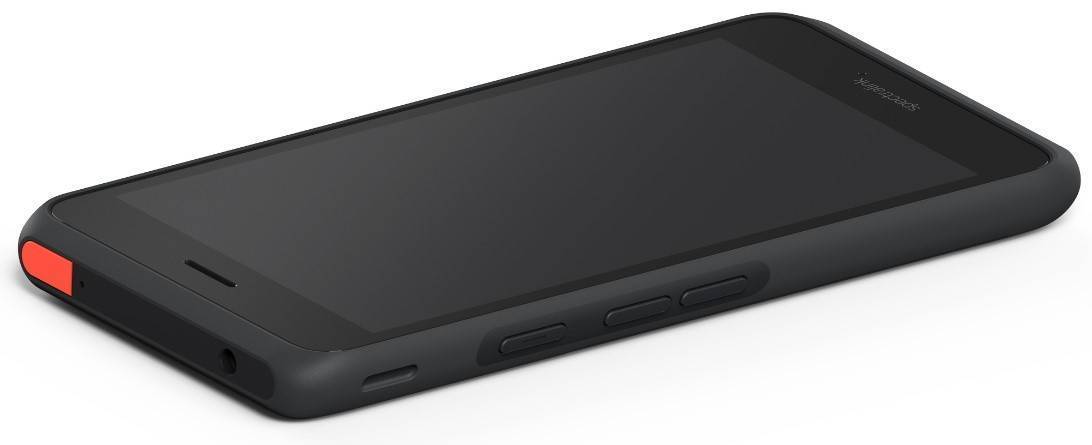
How to Use the Panic Button to Keep Nurses Safe
When a clinician recognizes a dangerous situation, they can quickly and easily activate the panic button. The red button can be configured through the SAFE application to require a long press or two presses to prevent unintentional activation.
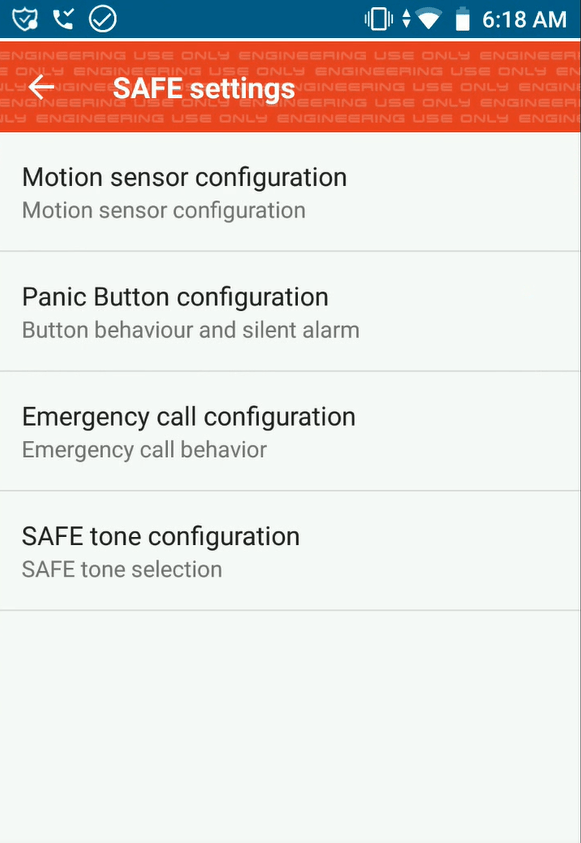
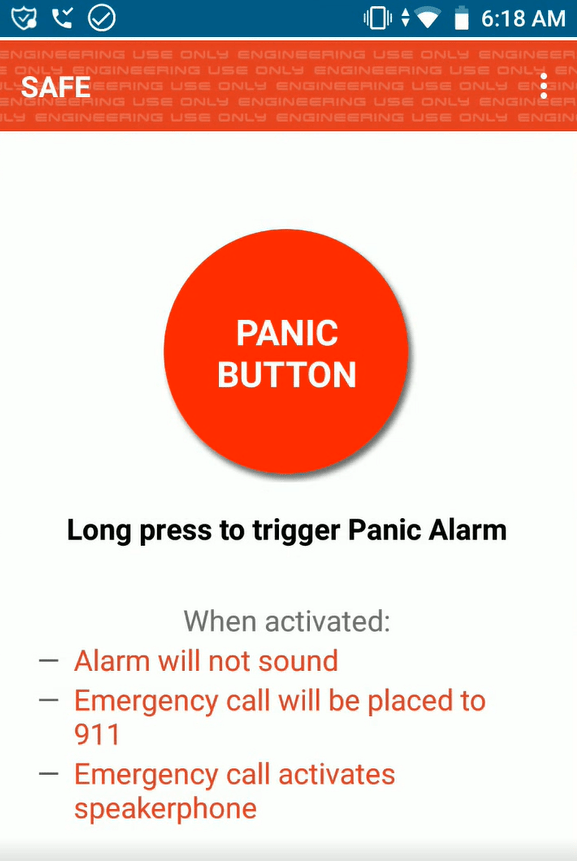
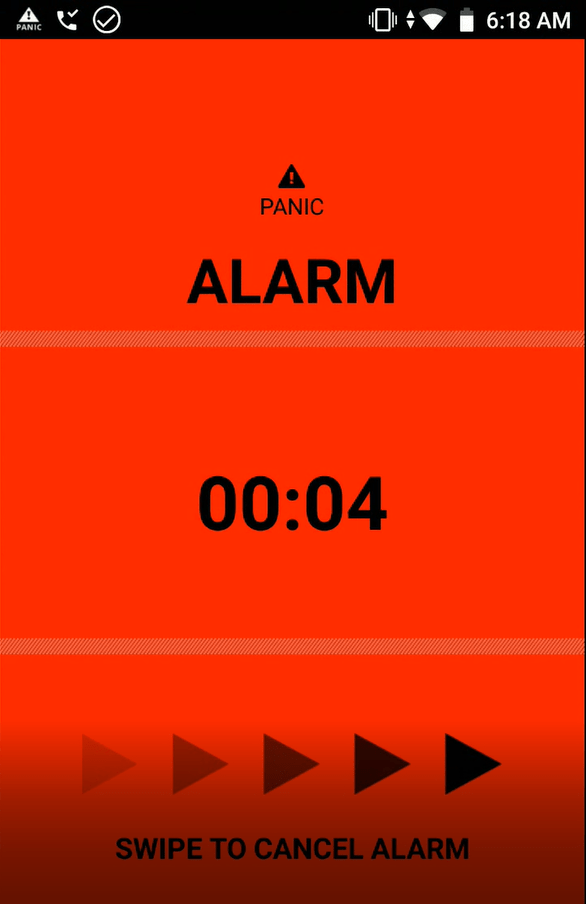
The confirmed button-press triggers an immediate notification to configurable groups, emergency personnel, and/or other area staff, mobilizing them to respond to the situation.
When a caregiver presses the button, their exact location is included in the outgoing event, enabling staff or security personnel to be notified about the issue and where to go to address it.
The SAFE functionality also allows configuration of the panic button to open the speaker of the smartphone and allow for hands-free communication throughout the emergency.
More Clinical Use Cases for Versity’s SAFE Functionality
Because the panic button on every Versity 95/96 series smartphone is programmable and can integrate with other platforms, there are many workflows and use cases, for example:
- • Call security – When you are in danger or need immediate assistance with a patient, family member, or other person(s) who pose a threat, clinicians can immediately and discretely call for help with your exact location info, while keeping their focus on the situation at hand.
- • Activate a subtle help button – In some scenarios, the clinician may not immediately require assistance, but would like someone else to listen in on what is going on in the room in case the situation takes a turn. In this situation, one press could indicate “Open up the microphone for remote listen-in only mode,” whereas a double press may indicate, “Help, I need backup now!”
- • Call for back-up for patient care – For example, in a Med-Surg unit, a clinician may need help lifting or turning a patient. By configuring the panic button as a “Staff Assist” button, nurses can seamlessly alert another nurse that they need assistance.
- • Call a “code” for an emergency response team – The panic button can also be programmed to call code blue, or any other code, based on either a single- or double-press, which notifies and activates the appropriate emergency response team.
- • Communicate and align with mobile teams on short notice – This goes beyond just call and location functionality. The button can open conference calls and or third-party apps, depending on the application. For example, in one maternity ward of a hospital, Versity’s red button is being used for communication when activating an emergency C-Section. The button was configured so that when the nurse presses the button, the Versity 95/96 Series smartphone opens a full-duplex conference call with all members of the emergency C-Section team. The team can then quickly triage and coordinate their response using the hands-free capability of the phone.
The SAFE Functionality of the Versity 95/96 series smartphones can be a lifeline for caregivers, empowering them to quickly and safely call for backup in dangerous situations. It can also give nurses peace of mind and ability to focus on their jobs more fully, knowing that help is just a “press” away.
Contact Us
I agree to the Privacy Policy.
